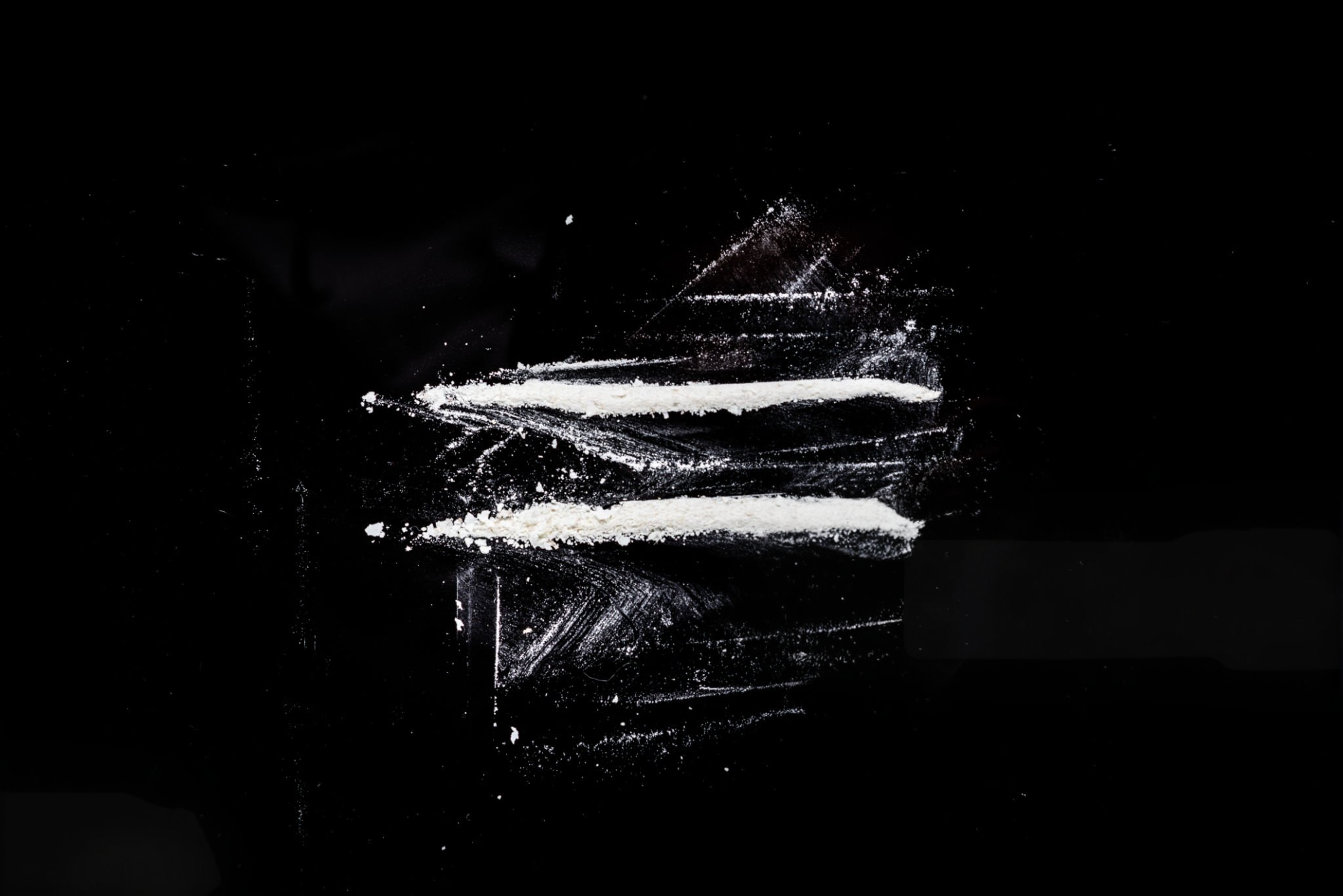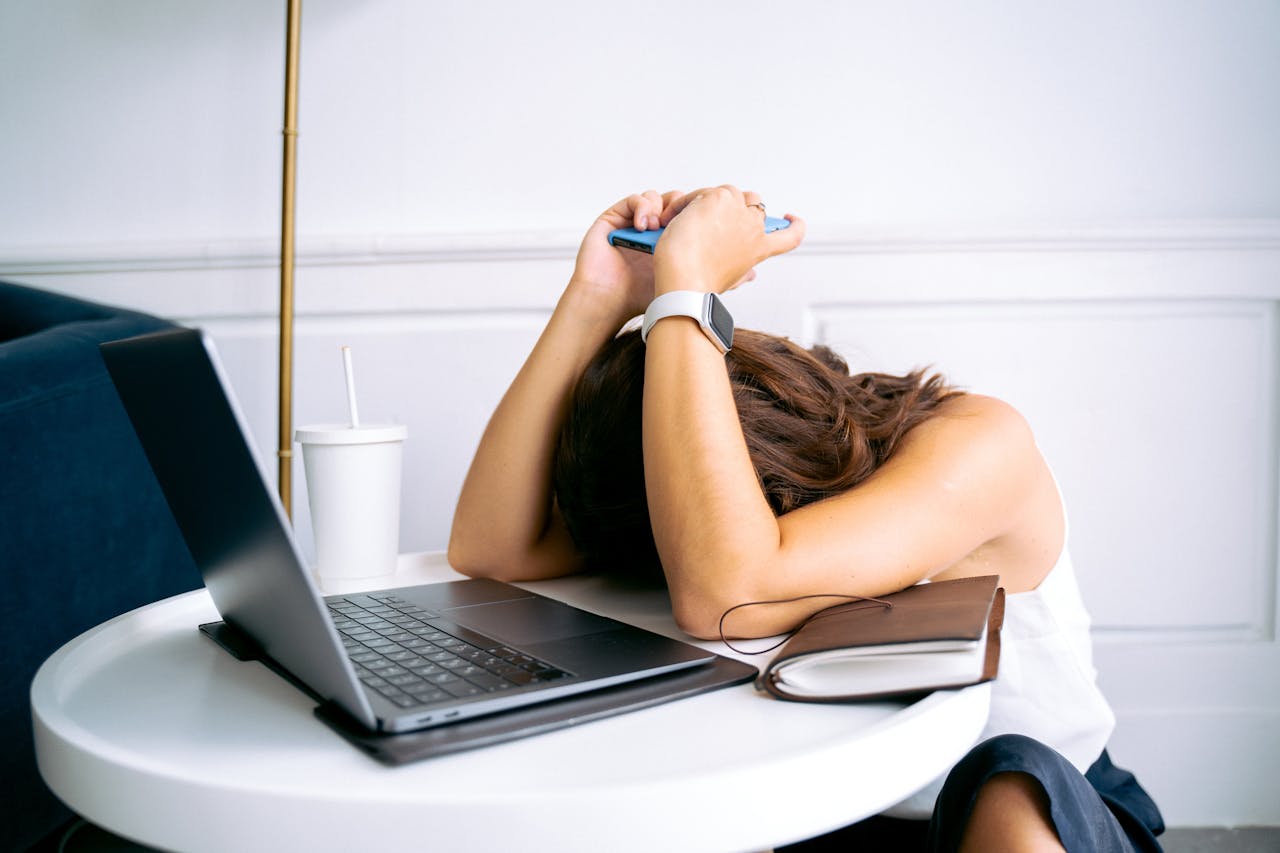In our hyper-connected digital world, pornography is available anytime, anywhere.
For many adults the question “Does porn cause anxiety?” isn’t hypothetical.
It’s deeply personal. You may have experienced moments where anxiety nudges you to watch porn or masturbate, hoping for comfort or relief.
But then, instead of calming down, your anxiety intensifies.
Why does this happen?
This article gives a clear, evidence-based answer and a detailed explanation, including vivid scenario analysis, to help you understand this complex relationship.
The Definitive Answer: Porn Use, Especially When Paired with Anxiety, Often Causes or Amplifies Anxiety
Numerous studies show that pornography doesn’t just exist in a vacuum—it interacts with your brain chemistry, emotions, and behavior patterns.
When porn is used to self-soothe anxiety, it tends to create an anxiety-porn cycle where anxiety motivates the behavior and that behavior in turn worsens anxiety.
A Real-Life Scenario: The Anxiety-Porn Feedback Loop
Imagine a common experience that many face when anxiety builds up during a stressful day. In such moments, the intense feelings of worry, restlessness, or nervous energy often create a strong urge to seek relief.
Turning to pornography and masturbation may initially seem like an effective quick fix — offering immediate distraction and a surge of pleasure.
What happens during this cycle?
- Anxiety rises: Stress, restlessness, or nervous thoughts make you feel overwhelmed.
- Seeking relief: You turn to porn and masturbate to try to calm your mind.
- Temporary chemical boost: During this, your brain releases dopamine and endorphins, creating a brief feeling of pleasure and reduced anxiety.
- Dopamine crash: After climax, dopamine levels drop rapidly. If this happens repeatedly, your brain’s reward system becomes less sensitive, making it harder to feel pleasure.
- Cortisol spike: If guilt, shame, or internal conflict occur related to porn use, your body’s stress hormone cortisol increases.
- Anxiety rebound: The combination of hormonal changes and emotional distress leads to intensified anxiety, fatigue, and mental fog.
- Negative emotional state: Feelings of isolation, shame, and hopelessness grow, worsening anxiety.
- Cycle reinforcement: Next time anxiety strikes, the urge to use porn as a coping mechanism grows stronger, trapping you in this self-perpetuating loop.
This anxiety-porn feedback loop is common and supported by both neuroscience and behavioral psychology research.
The very behavior aimed at soothing anxiety paradoxically amplifies and prolongs it, making it more difficult to break free without intentional interventions.
The Neurochemical Dance Behind Porn and Anxiety
Understanding the brain chemistry helps explain this pattern:
-
Dopamine Overload and Downregulation:
Pornography triggers powerful dopamine surges. Repeat overstimulation desensitizes receptors, requiring more intense stimuli for the same reward. This leads not only to reduced pleasure from normal activities but also increased anxiety and irritability. -
Cortisol and Stress Response:
Anxiety and shame linked to porn use raise cortisol levels. Higher cortisol prolongs stress, disturbs sleep, and worsens overall mental health. -
Oxytocin Deficiency:
Unlike real human intimacy, porn doesn’t promote oxytocin release—the hormone critical for bonding and calming anxiety. This lack creates emotional isolation, further fueling anxiety.
Quantifying the Relationship
Scientific data solidifies this link:
-
Prevalence of Anxiety:
A 2018 Addictive Behaviors Reports study found over 50% of compulsive porn users experience clinically significant anxiety symptoms, more than double the rate in the general population. -
Risk Increase:
Duke University researchers (2019) estimated frequent porn use increases the risk of anxiety disorders by 2.3 times, particularly when porn is used as an emotional escape. -
Sleep Disruption:
Porn use before bedtime, common in anxious individuals, correlates with poor sleep quality, which itself exacerbates anxiety symptoms.
Why Anxiety Drives You to Porn—and Why It Backfires
Anxiety is a primal distress signal pushing you to seek soothing experiences. Porn offers an immediate dopamine “fix,” mimicking comfort. But this relief is superficial and short-lived because:
- Porn creates temporary neurochemical relief but doesn’t solve the underlying stressor.
- Post-use hormonal imbalances and emotional distress cause an anxiety rebound.
- Reliance on porn reduces engagement in real social and emotional connections, worsening loneliness and social anxiety.
Signs Your Anxiety and Porn Use Are Intertwined
Reflect on these patterns:
- You turn to porn specifically when anxious or stressed and feel compelled by these urges.
- After porn or masturbation, you actually feel worse—more anxious, exhausted, or emotionally flat.
- Porn use interferes with your relationships, sleep, or daily responsibilities.
- You experience feelings of guilt or shame linked to your behavior.
- Your ability to manage stress without porn has declined over time.
Breaking the Anxiety-Porn Cycle: Practical Steps Backed by Psychology
-
Increase Awareness:
Track when anxiety prompts porn use. Mindfulness breaks autopilot and helps make conscious choices. -
Adopt Alternative Coping Mechanisms:
Try deep breathing, progressive muscle relaxation, exercise, or journaling to reduce cortisol and calm your nervous system without dopamine crashes. -
Limit or Restructure Porn Habits:
Setting boundaries on frequency and content reduces overstimulation and dependency. -
Build Real Connections:
Face-to-face social engagement stimulates oxytocin and creates lasting emotional support, which combats anxiety naturally. -
Seek Therapy:
Cognitive Behavioral Therapy (CBT) especially targets compulsive behaviors and anxiety, providing effective coping tools. -
Prioritize Sleep Hygiene:
Establish a bedtime routine that excludes porn and screens to improve restorative sleep essential for anxiety regulation.
Final Thoughts: Knowledge Is Control
Porn certainly can cause or worsen anxiety—especially when used unconsciously as a short-term escape. This knowledge is a powerful tool.
Recognizing the pattern, understanding its roots, and taking active steps empowers you to regain control over your mental well-being.
---






Leave a comment
This site is protected by hCaptcha and the hCaptcha Privacy Policy and Terms of Service apply.